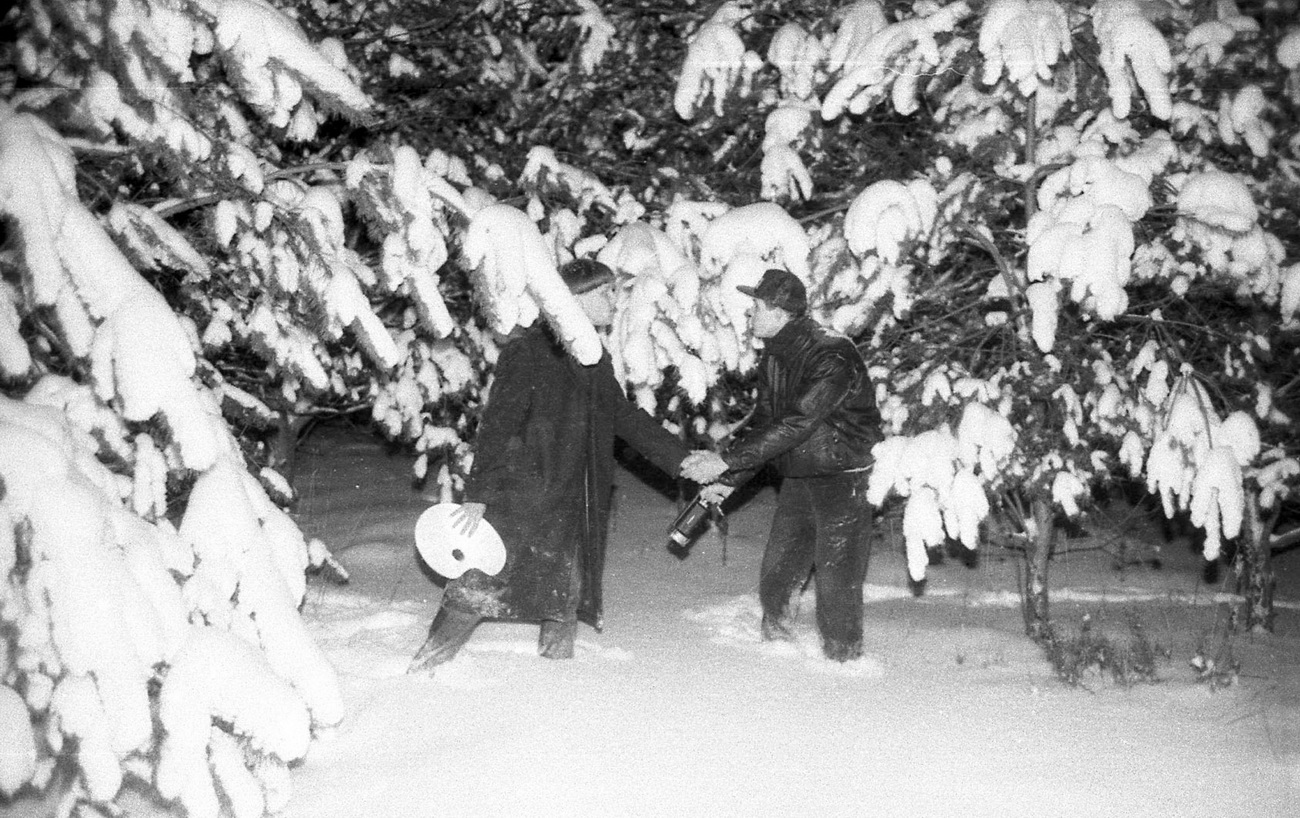The freedoms of speech, expression and creativity, regained around 1987, were so cherished by young artists and intellectuals that they devoted the utmost energy to their protection. With wit, irony and absurdity they sought to eliminate any possibility of totalitarian ideology and prevent any new restrictions on freedom of thought. They ridiculed prevailing cliches of national identity and changed the rules for public spaces, interaction and the use of media, and heaped scorn upon the art industry that had flourished in the Soviet period. The effectiveness of art as a tool of Soviet ideological propaganda was determined by the persistence of the cult of art that stemmed from European modernism. The "unconventional" artists of the Sąjūdis period wanted to put an end to the myth of art. Their countercultural revolt shares much in common with the conceptualism prevalent between the 1960s and 1980s in Moscow and Eastern Europe (Poland, Czechoslovakia, Hungary), but they were also inspired by classical anti-art movements – Dadaism, Marcel Duchamp (who, under a pseudonym, presented a pissoir for an exhibition, while a member of the selection committee for the same show), and fluxus, the movement against elitist culture started around 1960 in New York by Jurgis Mačiūnas, a former classmate of Vytautas Landsbergis, the leader of Sąjūdis.
The anti-art movement that began in Lithuania in 1988 and lasted several years is today associated with the conceptualism of Gintaras Znamierowski and Donatas Srogis, the "Doooooris" group, and the New Communications School.
In 2011, the art researcher Kęstutis Šapoka organized an exhibition entitled Postmodernizmo aukoms atminti (In Memory of the Victims of Postmodernism) at the Jonas Mekas Visual Arts Center, showing barely known works created between 1988 and 1995 by Znamierowski and Srogis. The two young men, students at the State Art Institute, were able to create masterful photorealistic drawings but, said Znamierowski, their studies only strengthened their "hatred of any kind of art." Their legacy of conceptualism is comprised of photographed "local performances" (in which artists were the participants, documenters and spectators) and objects, as well as image and text collages and drawings. The performances – small plays of ambiguous meaning – took place in ordinary surroundings and differed little from everyday behavior. For their collages they employed photographs, magazine cuttings and Soviet era postcards, adjusting them in barely discernable ways and adding strange statements to them.
The conceptualists took aim at traditional values: nationalism, religion, family, language, science, labor, while reserving their most consistent ridicule for art itself. The artists remade "trash" and littered the environment with painters' palettes. Seeking "spiritual depression" they visited hopelessly dreary exhibitions of that time and photographed them. They also mocked themselves with their "cynical conceptualism" Postmodernizmo aukoms atminti: Parodos katalogas, sudarė Kęstutis Šapoka, Vilnius: Jono Meko vizualiųjų menų centras, 2011, p. 3. (Šapoka) that was devoid of any of the passion of the national rebirth and was often indecent, emphatically shallow and meaningless.




Comments
Write a comment